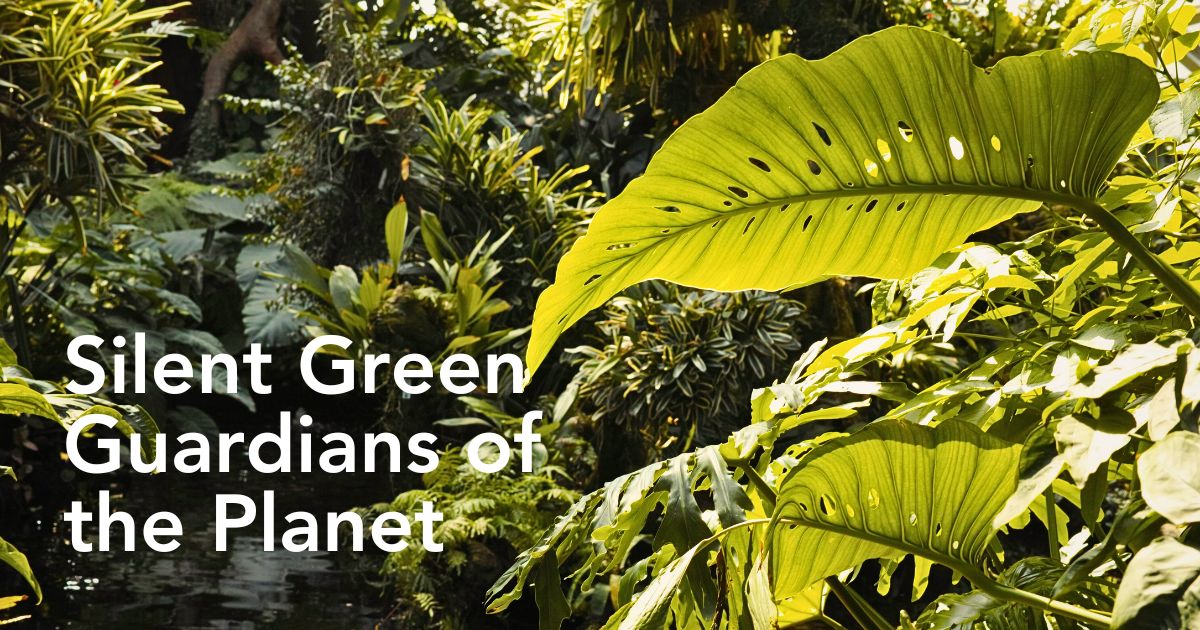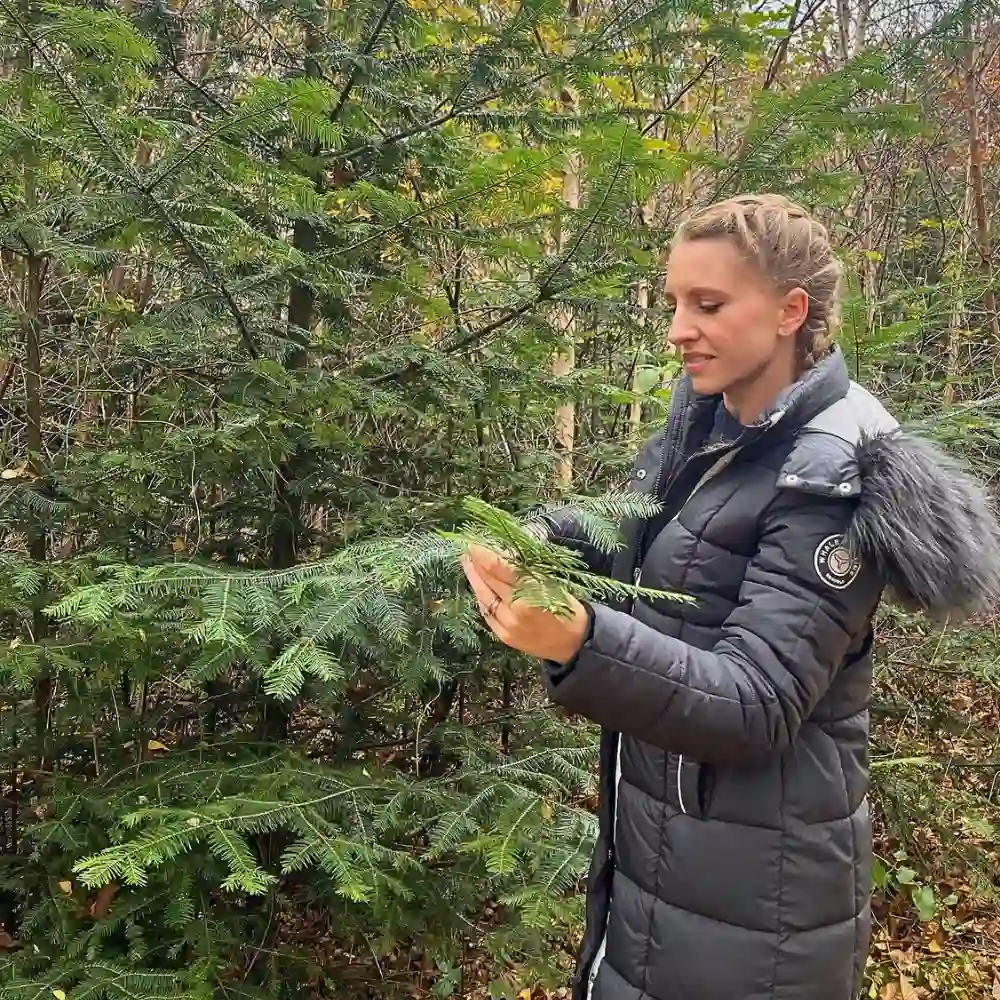From the Amazon, to the Congo Basin, Sundaland, the Daintree Rainforest, the Tongass National Forest, Southeast Asian rainforests, Wallacea, New Guinea's rainforests, Bosawás Biosphere Reserve (Reserva Natural Bosawás), Kinabalu Park, Chocó-Darien, and the Monteverde Cloud Forest Reserve, among several others, the world is blessed with remarkable tropical jungles, towering skywards; a show of one of nature's finest works. These ecosystems are beneficial to humanity. They, for instance, lock up vast amounts of CO₂, moderate local temperature, and influence rainfall and weather patterns at regional and planetary scales. But they face a challenge.
Deforestation in the world’s tropical forests has remained persistently high since the 1980s, more so due to rising human demand for food, fuel, and other natural resources. Certainly, something had to be done to check this. Enter the World Rainforest Day. Every year on June 22nd, people celebrate World Rainforest Day, a global initiative dedicated to raising awareness about the importance of these ecosystems. This is a day that prods individuals to appreciate and protect the valuable plant life, foliage, and greenery that thrive in rainforests. It is a day when all are invited to discover the world of rainforests and their role in supporting life on the planet.
What Is the Idea Behind World Rainforest Day?
Picture a world filled with abundant greenery, teeming with an incredible variety of flora and fauna, whispers of the wind breezing through the trees, and indigenous tribes going on with their daily routines. Delightful, to say the least. Now picture it otherwise. Desolation. World Rainforest Day is all about preventing this state of desolation. This day, dedicated to promoting sustainability and preserving the natural marvels of our rainforests, offers an insightful view into these wonderful ecosystems, as the world becomes increasingly conscious of the urgent need to protect and sustain these jungles.
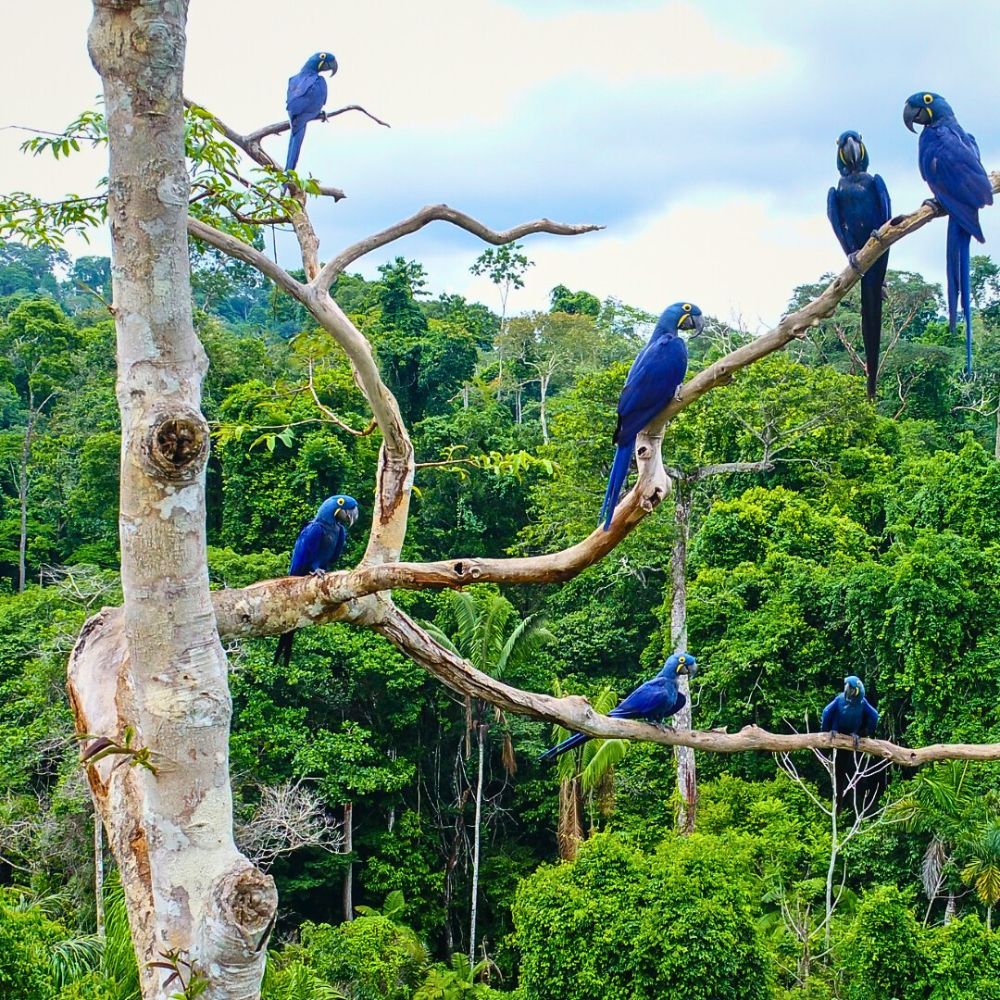
A typical rainforest receives constant, year-round rainfall; therefore teems with plant and animal life. Such forests are mainly found in temperate and tropical regions. The survival of life on Earth and the health of ecosystems largely depend on these rainforests. They not only give freshwater and a variety of other products like food, including fruits, vegetables, spices, coffee, cacao, and others, but also release oxygen, absorb CO₂, and maintain climate patterns. Furthermore, these tropical and temperate jungles hold untapped medical potential. Approximately 6% of Earth's surface is covered by these rainforests, which are home to about half of all plant and animal species on the planet.
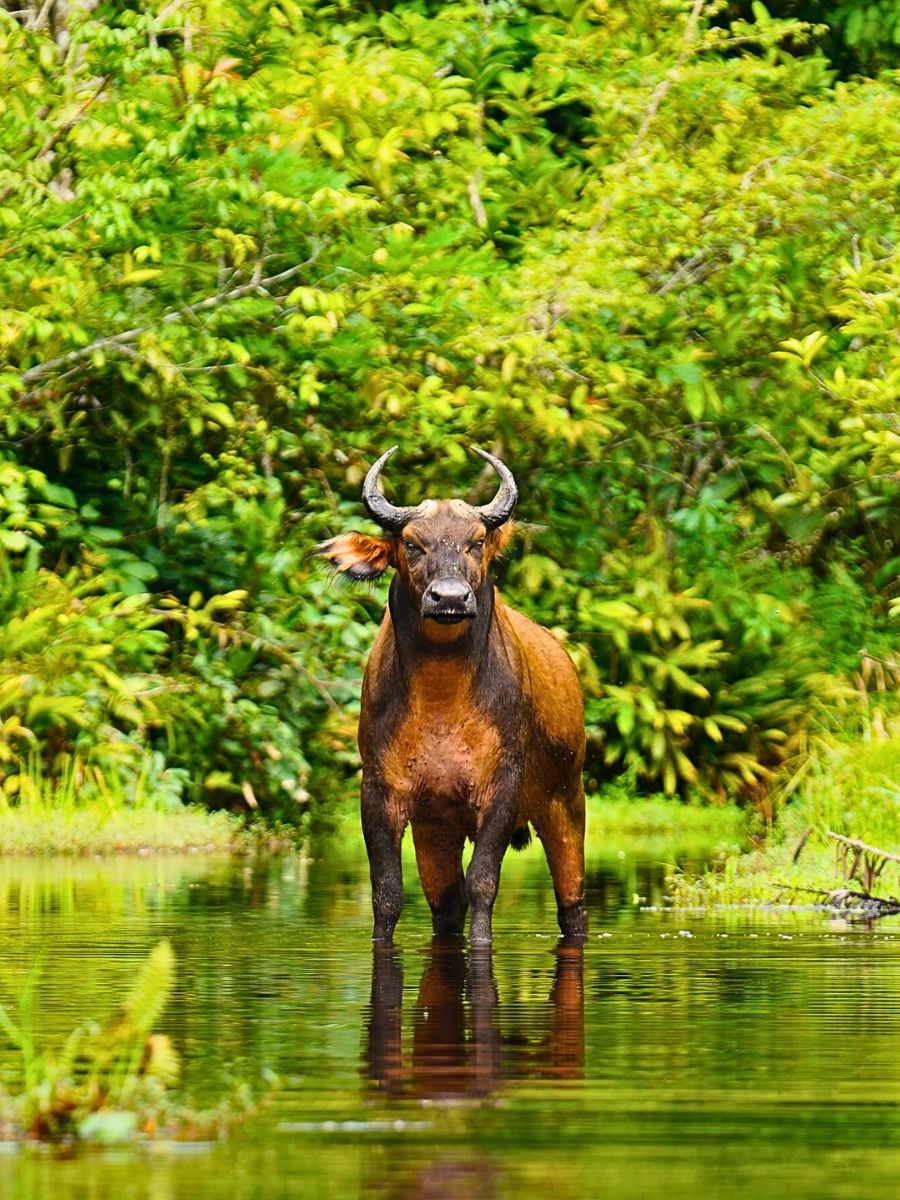
In recent years, the area of tropical and temperate rainforests has been rapidly declining due to population growth. Clearing of land for agriculture, logging, over-harvesting of trees for timber and fuelwood, and industrial development have been the major causes of deforestation, which causes a decline in rainforest. The United Nations (UN) Food and Agriculture Organization (FAO) estimates that 10 million hectares of forest are cut down each year. Between 2010 and 2020, the net loss in forests globally was 4.7 million hectares per year. However, deforestation rates were much higher.
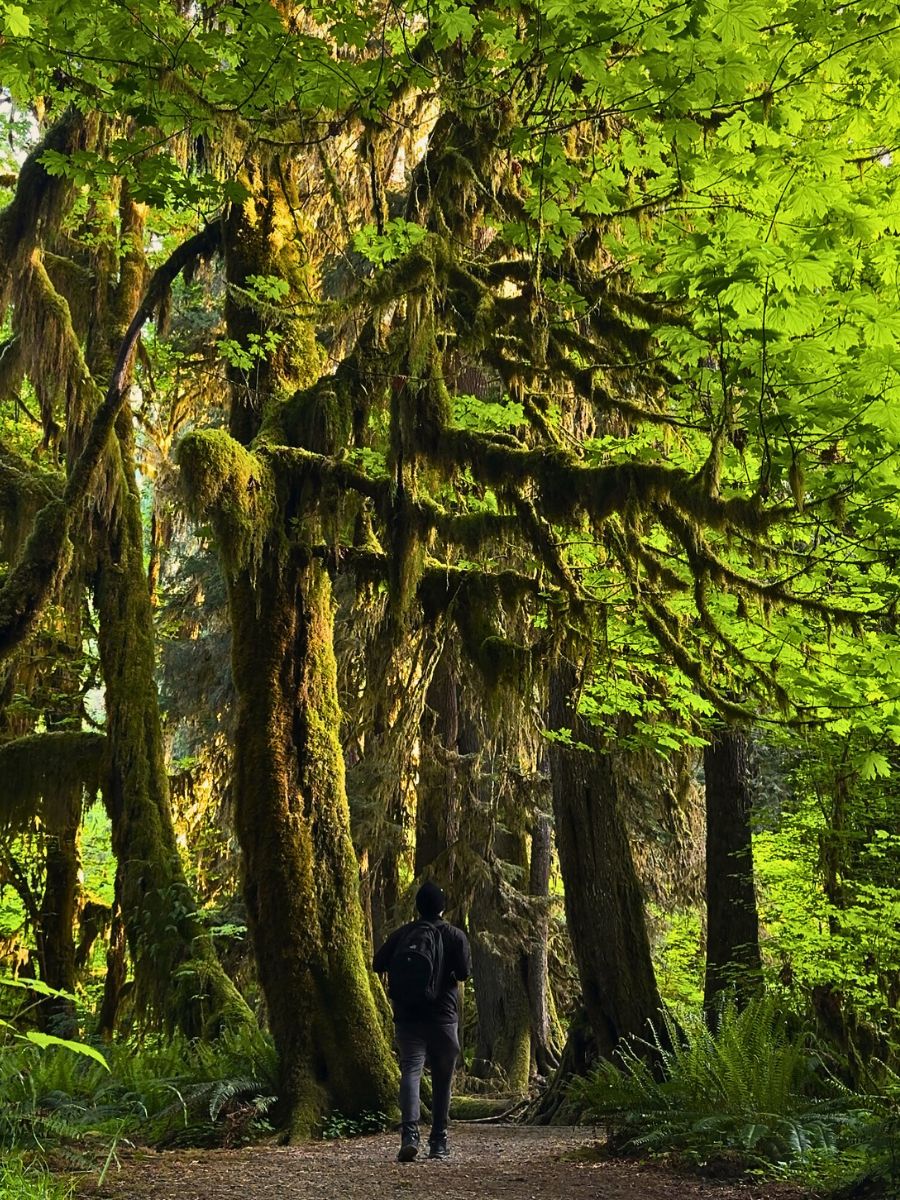
The homes of indigenous peoples and the surrounding wildlife habitats are disturbed whenever a field of rainforest is cleared. Not only does deforestation lead to climate change, flooding, soil erosion, and desertification, but it also endangers the planet's health, biodiversity, and way of life. Deforestation, clearing, and burning tropical forests account for about 20% of global annual Greenhouse Gas emissions, about as much as all of the fossil fuels burned in the US every year, and more than the world's transportation sector. It is, therefore, essential to preserve and restore rainforests in the age of global warming. And, on World Rainforest Day, everyone has the chance to spread the word about the importance of preserving rainforests and to take action against deforestation.
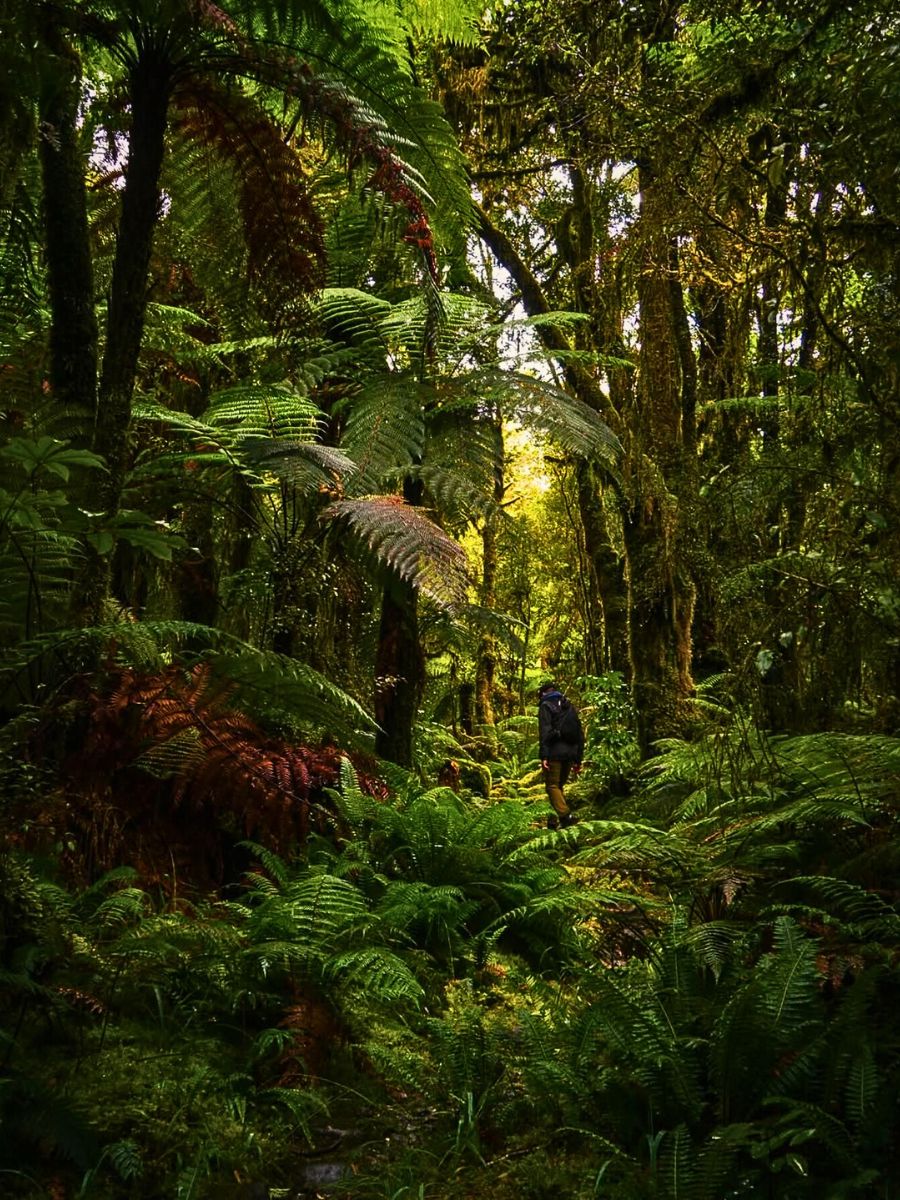
History of World Rainforest Day
In 1986, an international rainforest movement was started to motivate people worldwide to defend and protect rainforests. In 2007, a non-profit environmental organization—Rainforest Partnership—was founded in the United States, with its headquarters in Austin, Texas. The Rainforest Partnership partners with organizations worldwide to help protect the rainforest, save biodiversity, and combat the effects of climate change. It is an affiliated member of the United Nations Economic and Social Council.
Video by: @onetreeplanted
On the 22nd of June 2017, the Rainforest Partnership launched World Rainforest Day to raise awareness about the importance of tropical and temperate rainforests and what they do for humanity. Over 70 global partners, from environmental advocates to media outlets, endorse the day, striving for positive and affirmative action that preserves the rainforest. Over time, various observance days were established to highlight the importance of these ecosystems. These included the International Day of Forests (March 21) and the International Day for Biological Diversity (May 22). While these observances did not exclusively focus on rainforests, they helped generate awareness about their conservation.
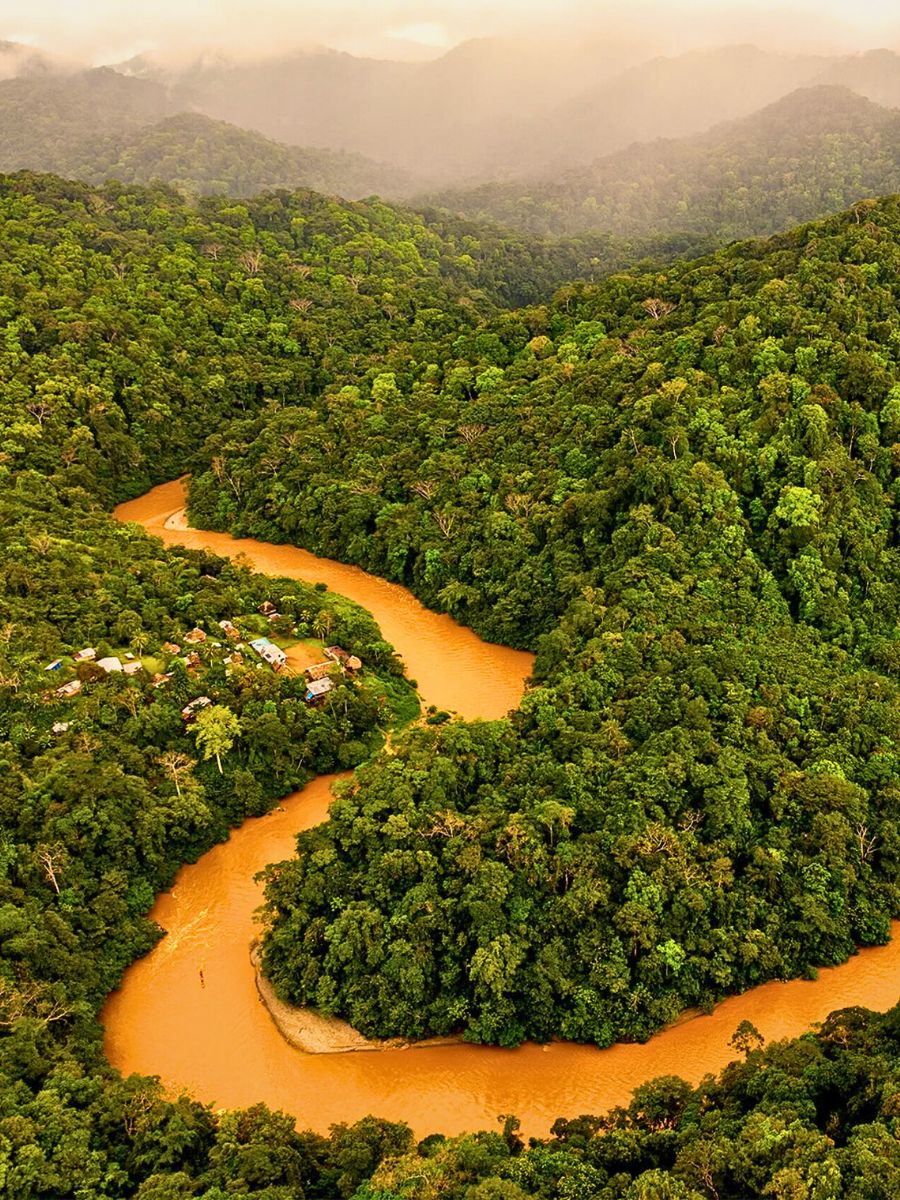
Throughout its existence, World Rainforest Day has achieved numerous milestones. These milestones have significantly contributed to protecting and enhancing biomes and natural ecosystems, because conserving these biomes is crucial for the provision of essential ecosystem services, supporting biodiversity, and influencing global climate. Preserving these natural systems is vital for human well-being and planetary health as well. Some of the achievements include the emergence of rainforest conservation movements. These rainforest conservation movements gained momentum in the late 20th century as scientists, environmentalists, and indigenous communities highlighted the ecological significance of rainforests.

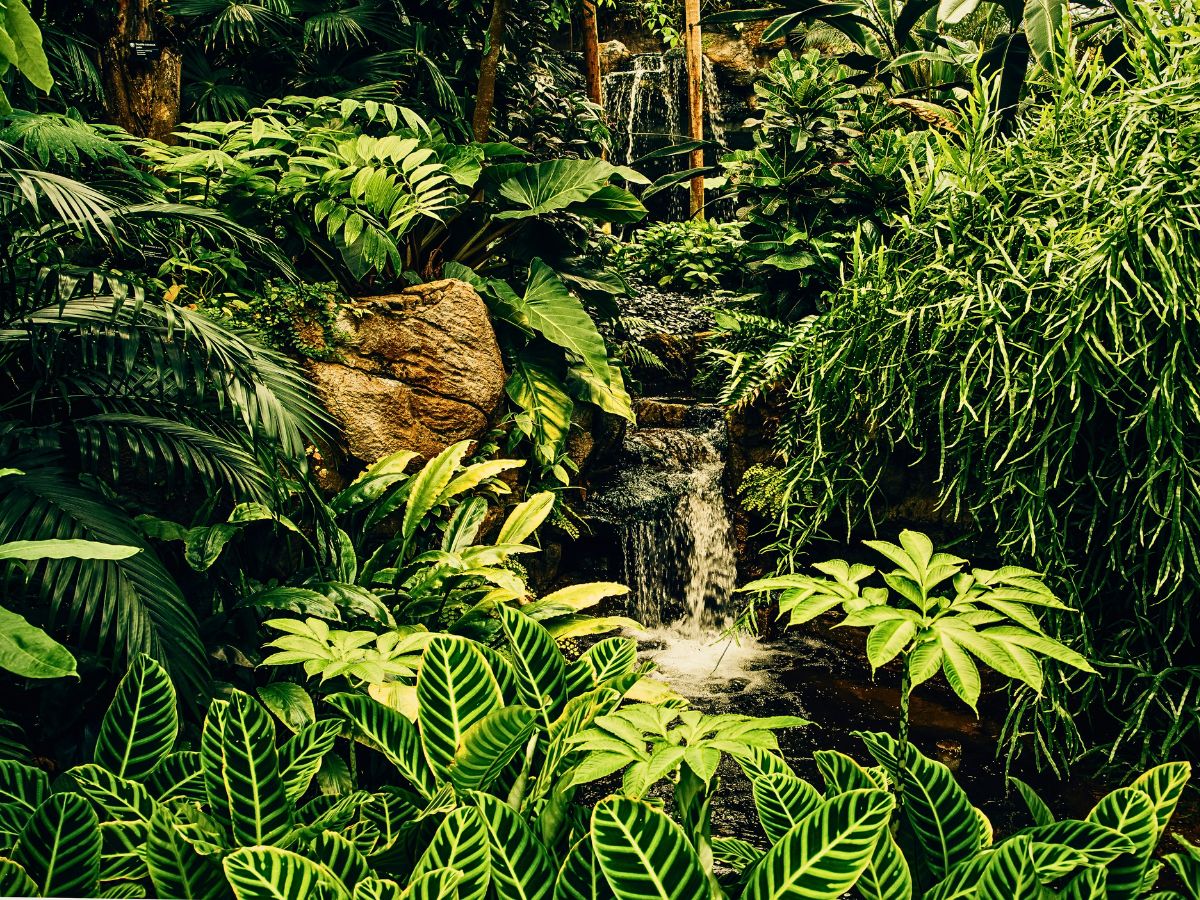
The efforts shed light on the deforestation and habitat destruction occurring in various parts of the world. World Rainforest Day also led to the formation of international rainforest action networks. In the 1980s and 1990s, international rainforest action networks started emerging, bringing together individuals, organizations, and communities committed to protecting the rainforests. These networks aimed to raise recognition, advocate for policy changes, and support sustainable practices.
The Biodiversity Found in Rainforests
A remarkable diversity of plant and animal life is found in rainforests, making them resemble a magnificent ecosystem altogether. The trees, shrubs, bushes, and plant life create a delightful mix of green hues that uplift spirits. The flora and fauna that thrive in rainforests are also species to admire. These ancient forests, just so you know, host an astonishing 80% of the Earth's terrestrial plant and animal species. Each leaf, each flower, and each tree holds the key to unlocking new cures, discovering novel species, and unraveling the mysteries of nature.
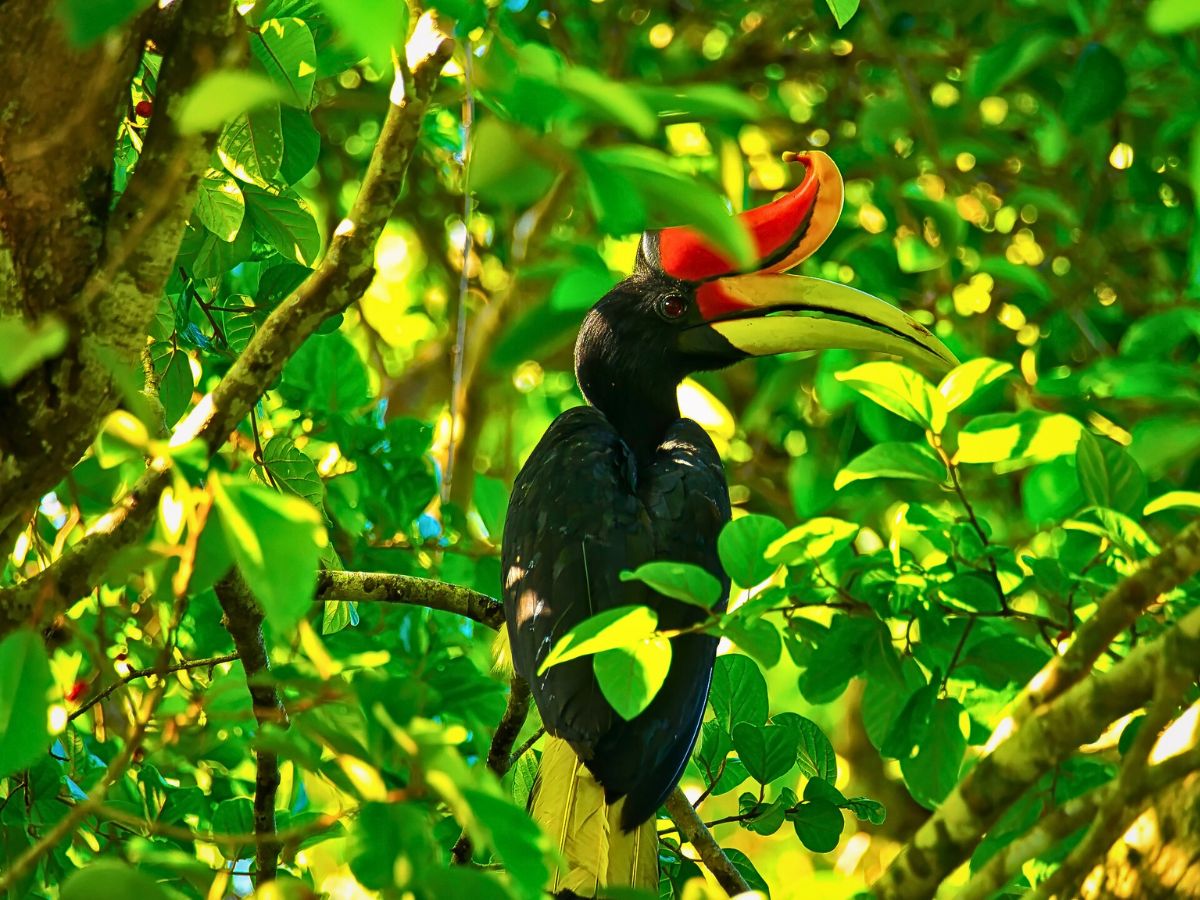
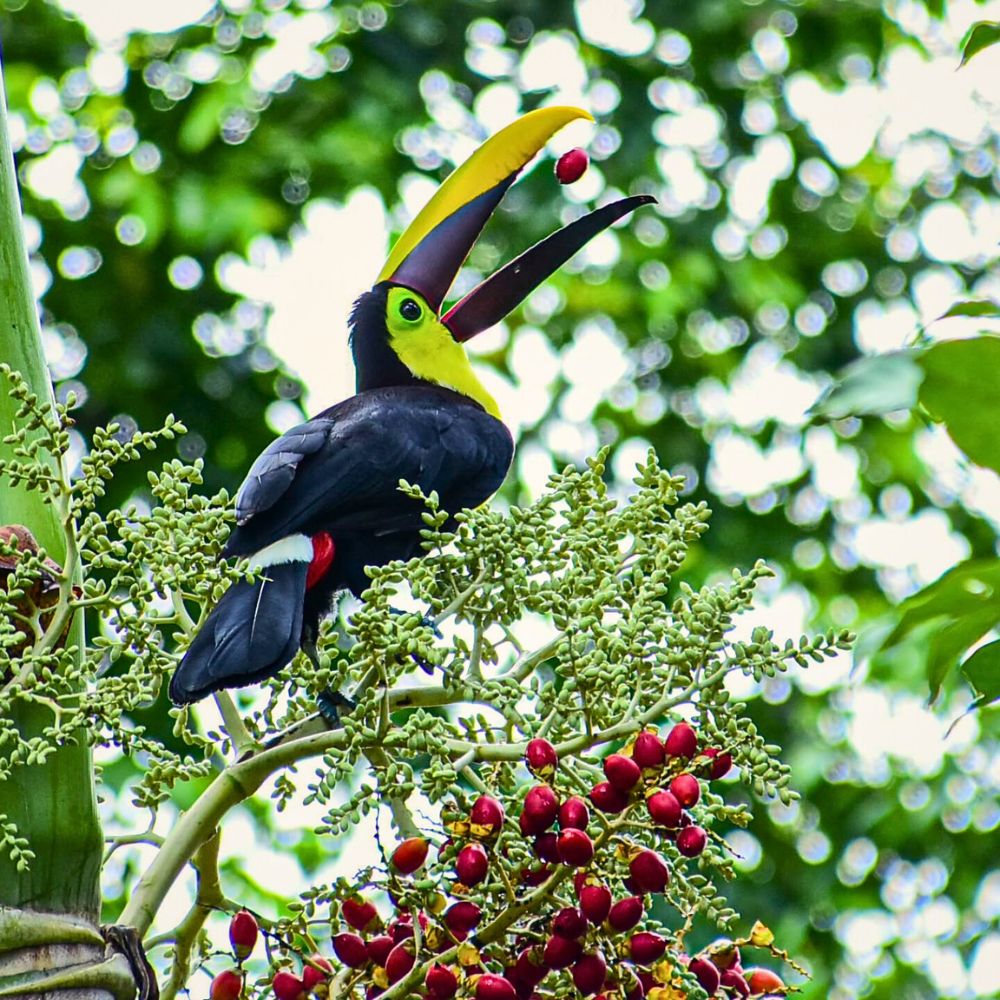
Medicinal Plants in Rainforests
Rainforests are also a great source and treasure keepers of medicinal plants. They hold immense potential for human health and well-being. Many of our modern-day medicines, including those used to treat conditions like cancer and malaria, trace their roots back to these ancient forests. Protecting these jungles, therefore, means safeguarding these natural pharmacies and the hope for future medical breakthroughs.
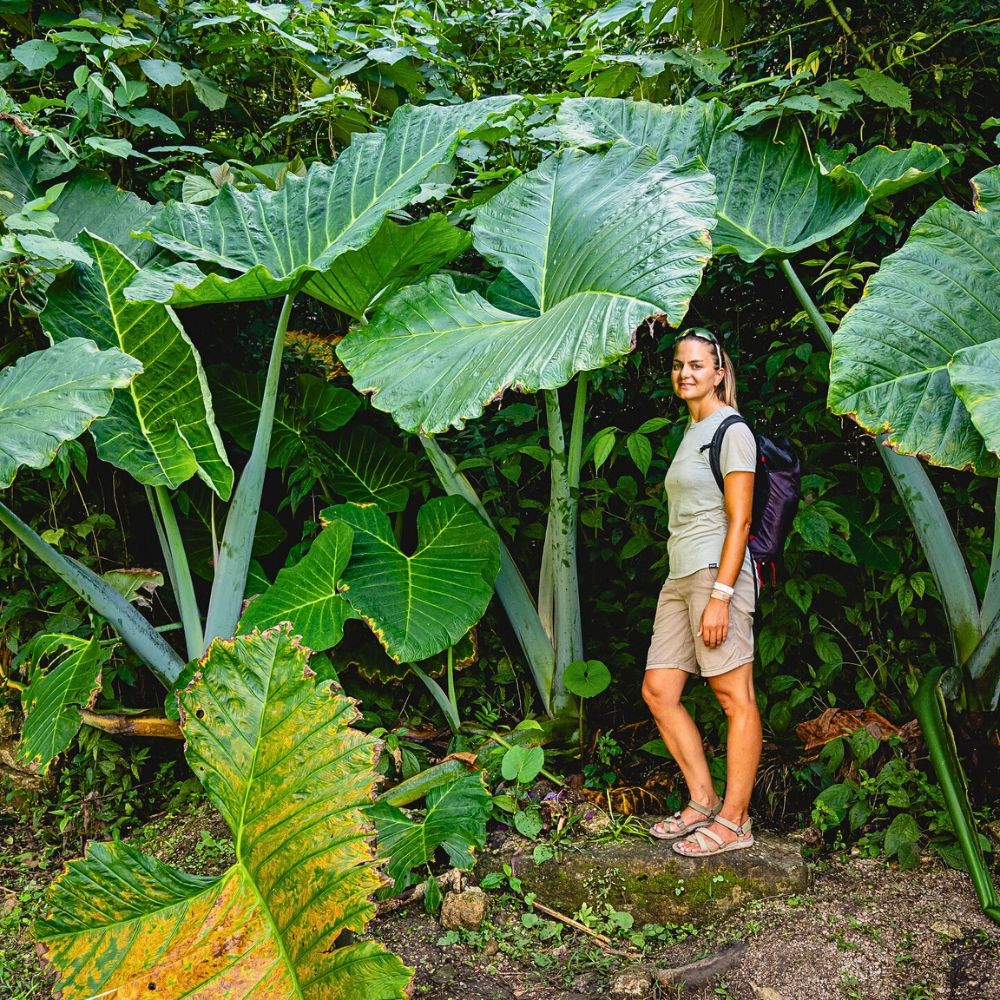
Rainforests and Sustainability - Protecting These Guardians of the Planet
The significance of rainforests in maintaining the delicate balance of our planet cannot be overstated. They act as vital carbon sinks, absorbing massive amounts of carbon dioxide and releasing oxygen, thereby combating climate change. These green guardians also regulate local and global weather patterns, prevent soil erosion, and provide essential ecosystem services such as water filtration and nutrient cycling.
Preserving these rainforests, therefore, requires a collective effort rooted in sustainable practices. Sustainable logging, reforestation, and responsible tourism can help strike a balance between human needs and environmental preservation. Supporting organizations dedicated to rainforest conservation and spreading awareness about the importance of sustainable choices can contribute significantly to protecting these vital ecosystems.
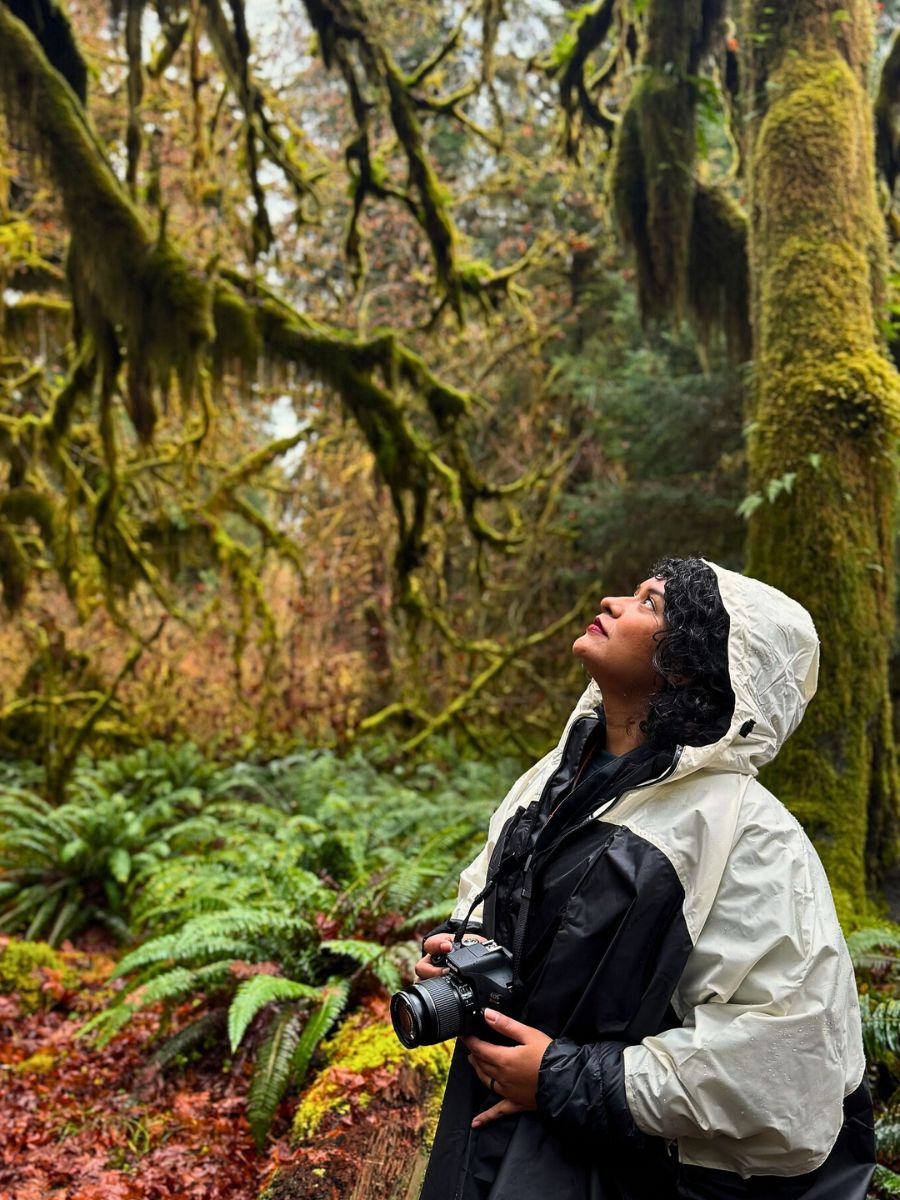
A Call to Action: Engage With Rainforests!
On World Rainforest Day, everyone needs to come together to celebrate and protect these extraordinary ecosystems. Individuals can participate in tree-planting initiatives, join local conservation projects, or support the organizations and institutions working tirelessly to protect rainforests. Everyone needs to spread the word about the vital role that rainforests play in sustaining life on Earth and inspire others to take action. Because, together, the world can ensure the survival of the world's tropical and temperate jungles for future generations.

